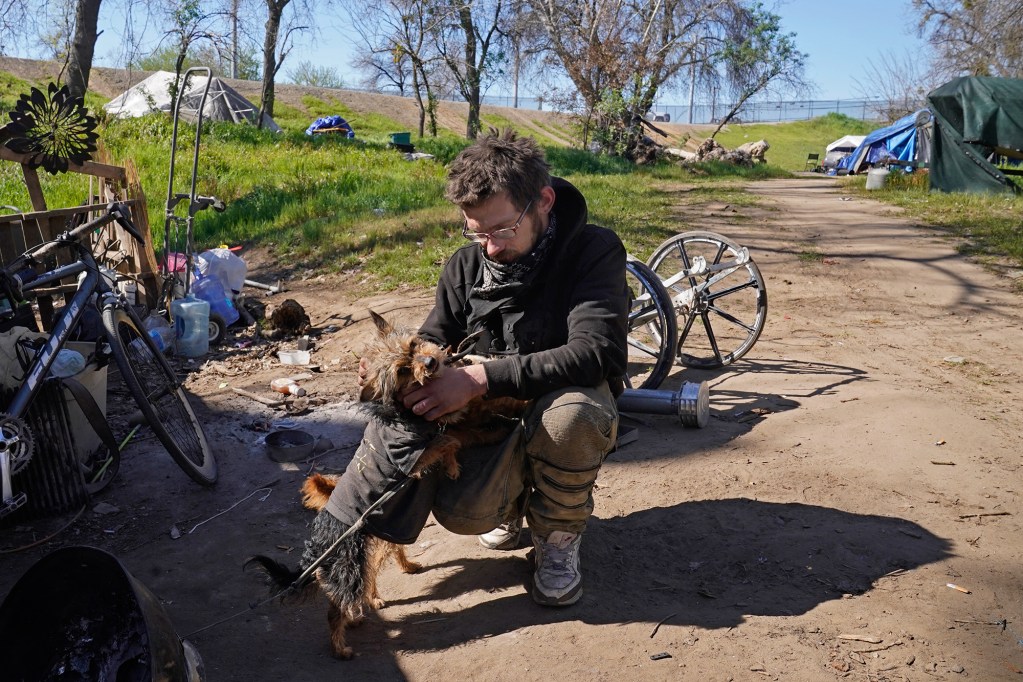Over the last five years, the state government has spent some $24 billion to ameliorate homelessness, which, according to polls, is California’s most troublesome issue.
Despite that immense financial commitment —and billions more in spending by local governments and philanthropic organizations — the number of homeless people continues to grow.
The latest federal homelessness count found 186,000 Californians living on the streets or in shelters, up 5,000 from the previous year and 36,000 since 2019, the year Gavin Newsom became governor. California has the highest homelessness rate of any state and more than a quarter of the nation’s homeless population.
Despite the crisis, we have no hard data telling us how the money was spent, much less which programs, if any, have been successful. Not surprisingly, given the evident lack of results, official and private agencies that administer the programs are reluctant to disclose such information.
In fact, Calmatters.org and other groups have resorted to lawsuits to compel homelessness agencies to release information on what they have done with the funds.
Despite the shameful secrecy, it’s apparent that one factor in the expanding crisis is a lack of coordination and cooperation among the public and private agencies.
Earlier this year, State Auditor Grant Parks issued a sharply worded critique of the California Interagency Council on Homelessness, the Newsom administration’s tool for coordinating homelessness programs.
“The state lacks current information on the ongoing costs and outcomes of its homelessness programs, because (the council) has not consistently tracked and evaluated the state’s efforts to prevent and end homelessness,” Parks wrote.
State-level disorganization is compounded by a structural choke point at the local level. Overwhelmingly, unsightly encampments of homeless people are located within cities, but the social and medical services central to closing those camps are administered by counties, and in highly politicized urban areas, city and county officials tend to be rivals rather than partners.
While Newsom periodically issues demands that local officials do a better job of eliminating the camps — notwithstanding disorganization in his own administration — the lack of local cooperation and coordination is a major impediment.
A situation in Sacramento, within earshot of the state Capitol and detailed by Sacramento Bee columnists Tom Philp and Robin Epley, illustrates the conflict.
Sacramento’s city and county officials have feuded for years over homelessness, not only for the usual reasons but because the American River Parkway, which runs through the city and has been a favorite camping site for homeless people, is managed by the county.
Two years ago, faced with a business-backed ballot measure to crack down on encampments, the city fashioned a less harsh alternative that anticipated an agreement with county officials to provide services for people losing their camping sites.
However, instead of joining the city, county officials banned camps in the parkway and ordered law enforcement to clear them.
City officials complained that people removed from the parkway simply set up new camps inside the city limits. When a local legislator, Assemblyman Kevin McCarty, obtained a $25 million state grant to the county for homeless programs, county supervisors decided how to spend it, mostly on a few dozen shelter beds or housing slots, without agreement from city officials.
City Councilwoman Karina Talamantes showed up at a meeting of county supervisors to complain about their unilateral actions.
“All the people living on the American River Parkway moved across the street into our neighborhoods north of the river,” Talamantes told the board. “I’ve been asking about these funds for the last two years.”
Supervisors fired back in a press release accusing Talamantes of shading the facts about the situation. McCarty, now a candidate for mayor, is caught in the middle of the feud.

